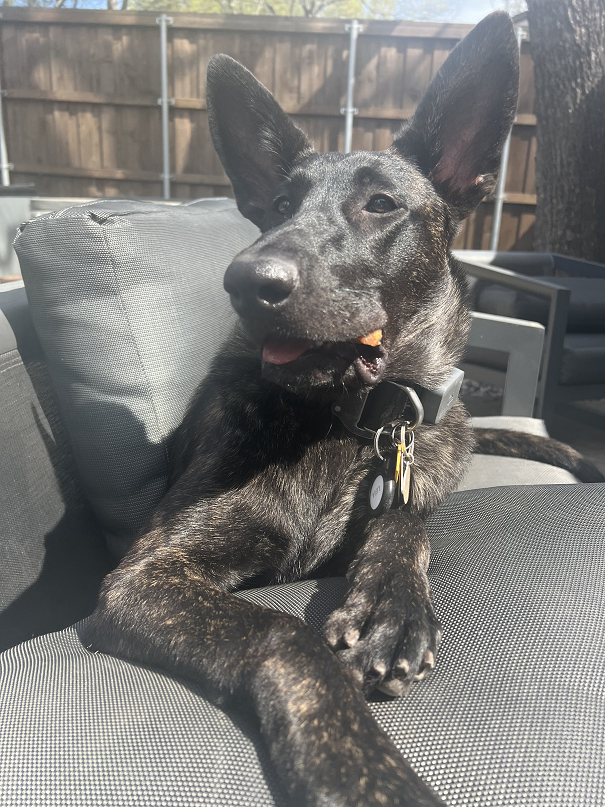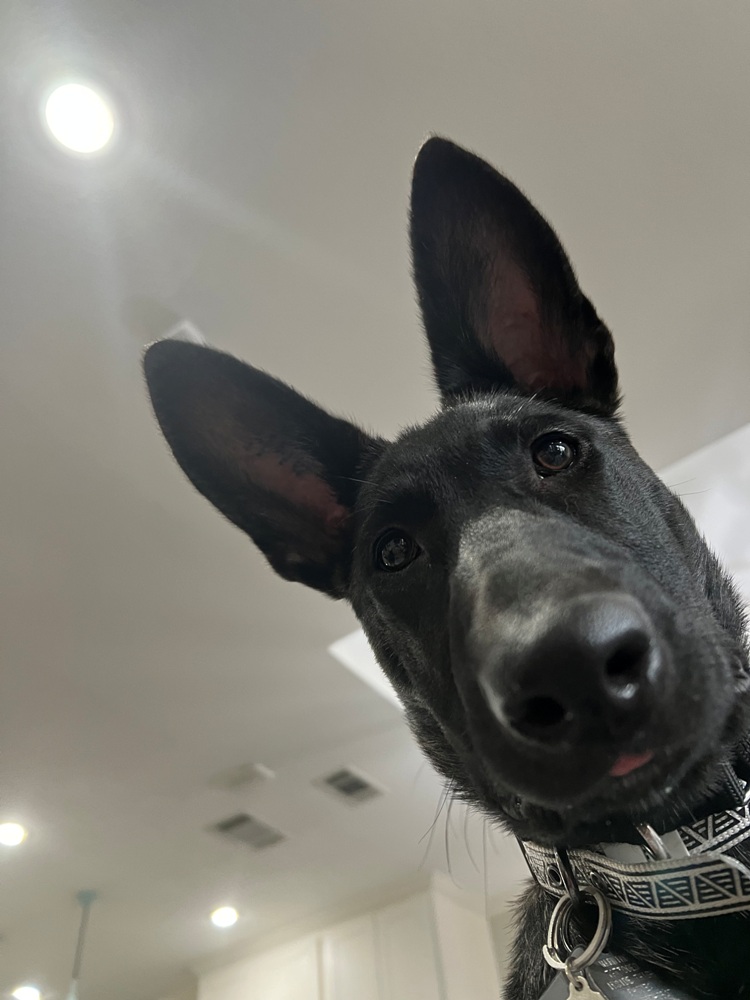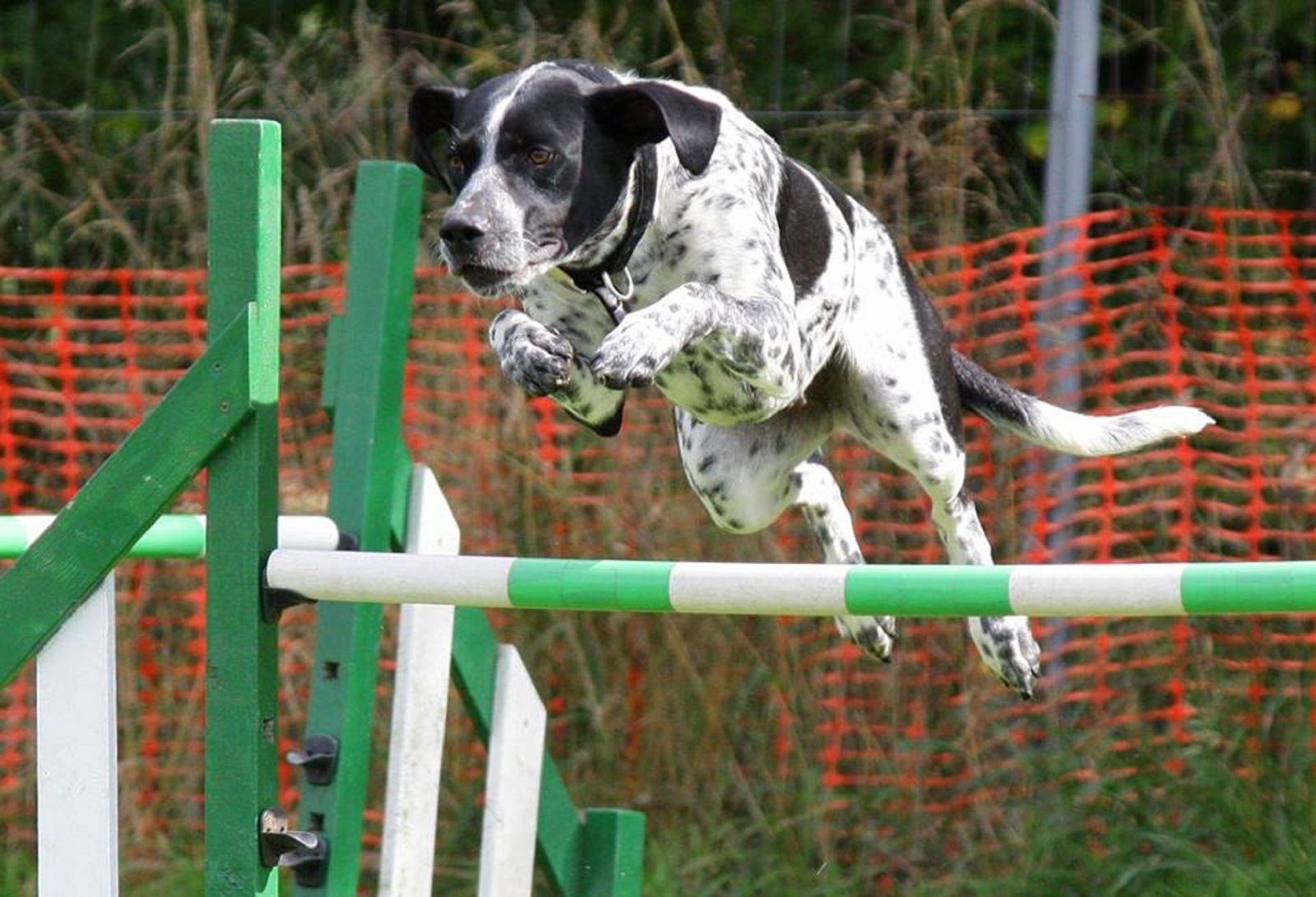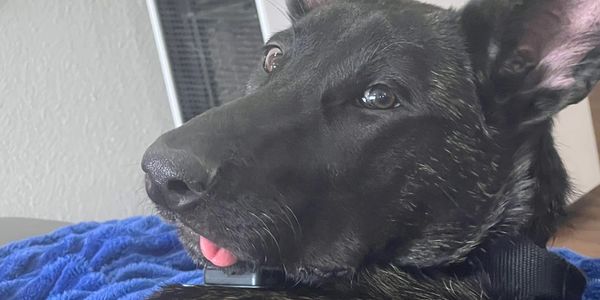What Is The Role of Treats in Dog Training?
Treats might act as a great mode to train your dog, but did you ever stop considering that overusing them for dog training can have negative impacts? And there's no denying the incessant debate associated with treats and dog training. Although it might be universally acceptable to use treats for training, using foods may sometimes affect your pet's learning process. In this post, let's learn the prime role of treats in dog training.
The Positive Facets of Using Dog Treats for Training
Using foods, especially the treats available in the market, can be extremely effective for your dog. After all, it makes the training process more efficient and fun. The basic reason is that food works in motivating your pet, unlike other items such as toys.
Dogs love food, so giving treats for their good behaviors helps them learn in a more intriguing way. But one should always consider the right methods while using treats for training. Pet parents have different opinions and methods when it comes to raining a puppy. But it comes down to the following things when it comes to the puppy's behavior (as mentioned in the
following):
- To reward their good behaviors
- To oppose their bad behaviors
Trainers recommend using dog treats for training because of the following reasons:
- It offers additional nutrition and healthy supplements to the pet's diet
- Using it as part of the training for good behavior
- Long-lasting chew treats relieve boredom and alleviate harsh behavior
- Dental treats promote healthy oral care
While your dog will understand the language of love, they won't understand your language.
Using treats will help them learn as they find it an expression of love.
The Negative Facets of Using Dog Treats for Training
Using treats every time you want to engage your puppy in some behavorial activities might not be a great move. They will get a habit of it. As a result, they won't listen to you when you actually want to train them to perform something.
Most first-time pet parents make this mistake. Another way you must avoid offering them treats is by delivering them too slowly. You also need to check the position in which you are rewarding your dog with the treat.
Suppose you instruct the dog to lay down, and when they do that successfully, it might cause you to reward them. But they have to get up while you offer them the treat. It would be a problem for the pet to understand your lessons.
Never reward bad behaviours with a treat. If your dog gets off the leash & runs away, it might cause you to panic. They might decide to return to the side to put the leash back. It would not be justifiable if you praised them for this behavior and gave them the treat. You ultimately praised your dog for bad behavior.
Final Verdict
So, now you know when to use treats for dog training and when to avoid them. Follow these guidelines and do the needful accordingly. But the most important thing is to consult a professional trainer to learn more about training.






